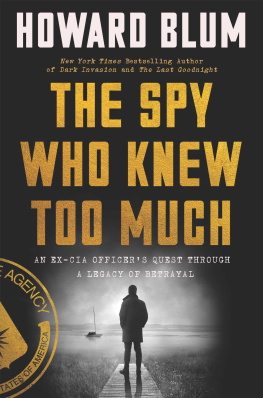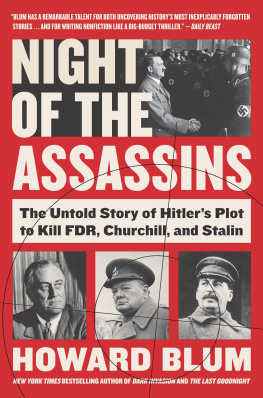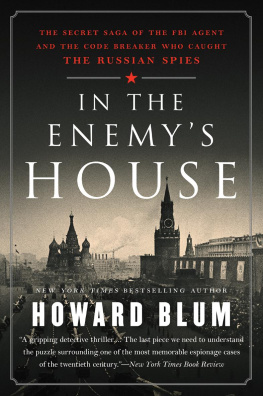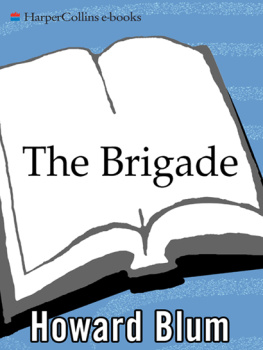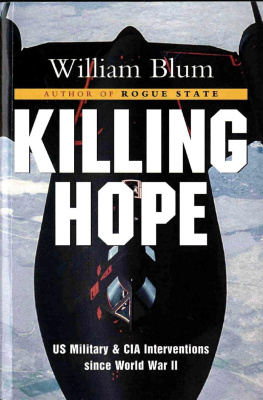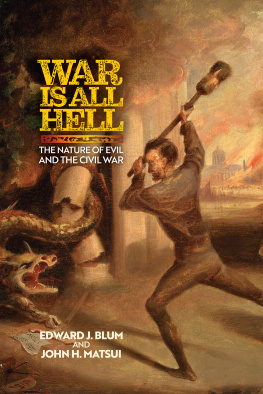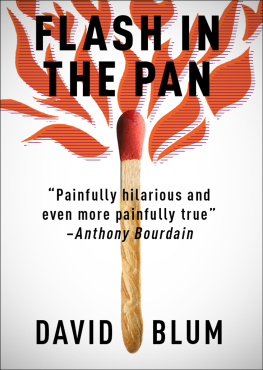Howard Blum - American Lightning
Here you can read online Howard Blum - American Lightning full text of the book (entire story) in english for free. Download pdf and epub, get meaning, cover and reviews about this ebook. publisher: Crown Publishing Group, genre: Non-fiction. Description of the work, (preface) as well as reviews are available. Best literature library LitArk.com created for fans of good reading and offers a wide selection of genres:
Romance novel
Science fiction
Adventure
Detective
Science
History
Home and family
Prose
Art
Politics
Computer
Non-fiction
Religion
Business
Children
Humor
Choose a favorite category and find really read worthwhile books. Enjoy immersion in the world of imagination, feel the emotions of the characters or learn something new for yourself, make an fascinating discovery.

- Book:American Lightning
- Author:
- Publisher:Crown Publishing Group
- Genre:
- Rating:4 / 5
- Favourites:Add to favourites
- Your mark:
- 80
- 1
- 2
- 3
- 4
- 5
American Lightning: summary, description and annotation
We offer to read an annotation, description, summary or preface (depends on what the author of the book "American Lightning" wrote himself). If you haven't found the necessary information about the book — write in the comments, we will try to find it.
American Lightning — read online for free the complete book (whole text) full work
Below is the text of the book, divided by pages. System saving the place of the last page read, allows you to conveniently read the book "American Lightning" online for free, without having to search again every time where you left off. Put a bookmark, and you can go to the page where you finished reading at any time.
Font size:
Interval:
Bookmark:
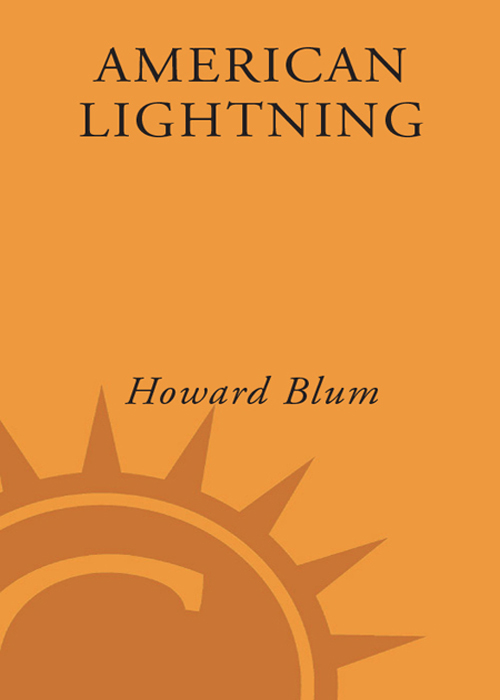
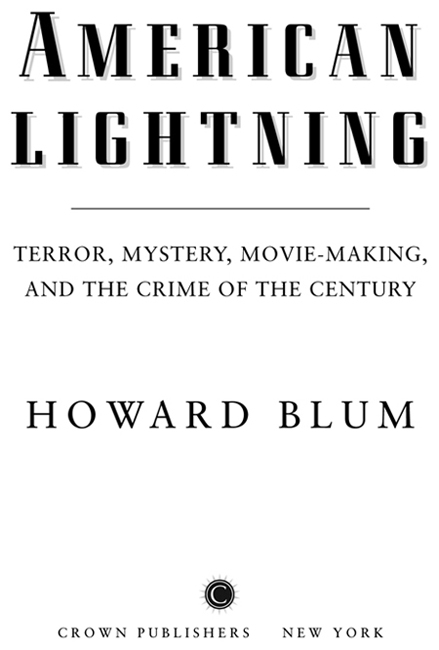
AMERICAN
LIGHTNING
______________________
Contents
For Ivana,
with love.
And for
Sarah and Bill, Susan and David
good friends.
Its like writing history with lightning.
PRESIDENT WOODROW WILSON AFTER VIEWING THE BIRTH OF A NATION, THE FIRST MOVIE EVER SHOWN IN THE WHITE HOUSE
I know its risky, but I still write history
out of my engagement with the present.
RICHARD HOFSTADTER
CAST OF CHARACTERS
______________________
Detectives
Billy Burns: The countrys greatest detective, often called the American Sherlock Holmes.
Raymond Burns: A son trying to win his fathers loveand catch the bombers.
Guy Biddinger: Policeman, detectiveand mole in the enemys camp.
Bert Franklin: Former U.S. Marshal. His job for the defense: to ensure the jury votes for acquittal.
Suspects
J. W. McGraw: A sawdust trail feeds speculation that he is the elusive Peoria, Illinois, bomb-maker.
J. B. Bryce: Purchaser of 80 percent dynamite from the Giant Powder company in San Francisco, explosives that are perhaps being used for more than uprooting tree trunks.
David Caplan (a.k.a. William Capp): Anarchist with his own interest in purchasing dynamite.
M. A. Schmidt: Another anarchist, who pilots a boat at the center of the case.
J.J. McNamara: Engaging, handsome, ladys man, union official, and a martyr to his cause.
Jim McNamara: Brother of J.J., on the run and potentially dangerous.
Ortie McManigal: Friend to the McNamaras. Out of work, yet not out of money.
Harrison Gray Otis: Cantankerous owner of the Los Angeles Times and a schemer determined to make a fortune.
Lawyers
Clarence Darrow: Legendary defense attorney, drawn against his will into the crime of the centuryonly to be put on trial himself.
Earl Rogers: Defender of Darrow in the courtroom, and trader of punches with Billy Burns outside.
Job Harriman: Socialist candidate for mayor, Darrows co-counsel, and, in time, Darrows victim.
John Fredericks: A district attorney willing to make a dealbut only on his terms.
Movie-Makers
D.W. Griffith: The most innovative filmmaker of his time, creatively energized by his unfolding connections with the trials major players.
Linda Arvidson: D.W.s actress wife, who is informed by her husband: Dont think there is some other woman... It is not one, but many.
Mary Pickford: The first movie star and the focus of D.W.s tormented thoughts.
Sam Gompers: Influential union leader, savvy to the connection between politics and theater, and authorizer of $2,577 to make the greatest moving picture of the twentieth century.
Journalists
Mary Field: Against Darrows plea and despite his wife, she came to report on the trialand share his life.
Lincoln Steffens: A muckraker intent on framing the trial in his terms: justifiable dynamiting.
E. W. Scripps: Wealthy publisher and proponent of the view that the men killed should be considered what they really weresoldiers enlisted under a capitalist employer.
PROLOGUE
_______________________
THREE LIVES
PROLOGUE
_______________________
A S THE DETECTIVE made his way along a bustling Fourteenth Street in New York City on that late December day in 1910, he was confident that, after a frustrating month in Los Angeles, he was at least closing in on one murderer. Every criminal leaves a track, Billy Burns was fond of telling his operatives, that many times Providence interferes to uncover. Only in this grim casethe sordid murder of ten-year-old Marie Smithan impatient Burns had decided he had no choice but to give Providence an inventive nudge. He walked toward his appointment at 11 East Fourteenth Street with great hopes for his plan.
The detective was also curious about the man he was going to meet. There had been a time, after all, when but for his fathers misgivings, their lives might have followed similar paths. In high school in Columbus, Ohio, Billy Burns, the red-haired, freckle-faced immigrant Irish tailors son, had performed in the Shakespeare Societys productions. He had won cheers and laughterhis first small thrill of celebrityas a clog-dancing, thick-brogued Emerald Isle rascal in a comic routine he wrote for the school show. He had dreamed of a career on stage. But when his father insisted he get a job with a steady income, a government job, perhaps, Billy obeyed. He found work as an assistant operative in the United States Secret Service.
Tenacious, flamboyant, ingenious, and when the opportunity allowed, still theatrical, Billy Burns threw himself into each new puzzle. He rounded up the counterfeiters who had manufactured a hundred-dollar bill so nearly perfect it had fooled bank tellers throughout the country. He solved the mystery of how, despite a detachment of guards and meticulous security precautions, bags of Double Eagle twenty-dollar gold coins had been stolen from the San Francisco Mint. He foiled a plot to assassinate Julian, Lord Pauncefote, the British ambassador to the United States. Posing as an insurance salesman, he spent months undercover in Indiana to identify and then track down the vigilantes who had broken into a small-town jail, abducted five gangsters, and left them hanging by their necks from the branches of an oak tree. On special assignment from President Theodore Roosevelt, Billy Burns had gone off to Oregon to build a case against a network of well-connected swindlers who were selling off large tracts of public land. And with the news of the Oregon indictments still echoing through the stunned corridors of power, the president sent his special operative off on another dangerous mission: Billy Burns was to put an end to the cabal of mobsters and politicians who, backed up by bribes, beatings, arson, kidnapping, and murder, ran the city of San Francisco as their own fiefdom. It took several years, but once again, despite the risks, despite the ruthlessness and the institutionalized power of his opponents, Burns succeeded. Law and order were restored in San Francisco.
A twenty-two-year government career heralded in front-page stories had made Billy Burns famous. He was, the New York Times would soon declare, the greatest detective certainly, and perhaps the only really great detective, the only detective of genius whom the country has produced. Comparable rivals, the London Spectator would concede, existed only in fiction: Burns was the American Sherlock Holmes.
And now at forty-nine, Billy Burns was becoming rich. In September 1909 he had resigned from the Secret Service and joined longtime private detective William P. Sheridan in setting up the Burns & Sheridan Detective Agency based in Chicago. The agency, striving for both respectability and lucrative commissions, announced a policy of handling neither divorce nor strikebreaking cases. Still, jobs poured in; so many, that an overwhelmed Sheridan sold his interest, and on March 11, 1910, the firm became the William J. Burns National Detective Agency. Headquartered in New York, with regional offices throughout the country, the agency employed nearly twelve hundred operatives. Little more than two months ago, he and his firm had taken on the most monumental case of his career. The crime of the century, the newspapers called it. But today he had returned to New York to help identify the murderer of a ten-year-old girl.
Next pageFont size:
Interval:
Bookmark:
Similar books «American Lightning»
Look at similar books to American Lightning. We have selected literature similar in name and meaning in the hope of providing readers with more options to find new, interesting, not yet read works.
Discussion, reviews of the book American Lightning and just readers' own opinions. Leave your comments, write what you think about the work, its meaning or the main characters. Specify what exactly you liked and what you didn't like, and why you think so.

